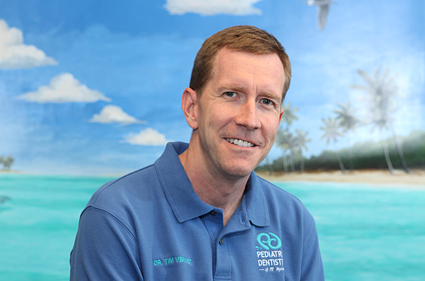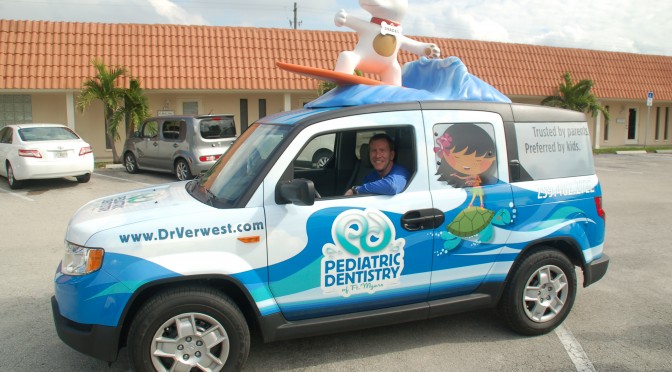Here’s The Scoop On The Tooth Fairy
One of the most exciting things about losing baby teeth is placing each tooth under a pillow before going to bed for the tooth fairy[…]
Crystal Harrington Employee Spotlight!
Crystal Harrington continues to learn many valuable career skills in arguably the busiest pediatric dentist practice in Fort Myers. As most senior in her position,[…]

Pediatric Dentistry of Ft. Myers voted “Best of Southwest Florida” 2016
For the second consecutive year Pediatric Dentistry of Ft. Myers, Dr. Tim M. Verwest, DMD & Associates has been voted best pediatric dentist of Southwest[…]

Dr. Verwest receives 2016 Spectrum Award
The City Beat News (CBN) awarded Pediatric Dentistry of Ft. Myers, Dr. Tim M. Verwest, DMD the 2016 Spectrum Award of Excellence in Customer Satisfaction.[…]
What Makes Me Smile Art Exhibit
– Pediatric Dentistry of Ft. Myers, Dr. Tim Verwest, DMD is offering children 18 years or under a chance to create works of art centered[…]

Local Dentist Recognized as America’s Best Dentist for 2016
The National Consumer Advisory Board has named Pediatric Dentistry of Ft. Myers, Dr. Tim M. Verwest, DMD one of America’s Best Dentist for 2016. Selections[…]

Dr. Tim M. Verwest, DMD named 2016 top dentist
Pediatric Dentistry of Ft. Myers, Dr. Tim M. Verwest, DMD has been selected by the Consumer Research Council of America for inclusion in the 2016[…]
Caring for your children’s teeth
Start dental visits during infancy The American Academy of Pediatric Dentistry recommends bringing your child to the dentist before his or her first birthday. At[…]
Caring for teeth with braces
Braces are often placed in patients between 10 and 14 years of age to correct crooked or overcrowded teeth. “The benefits of braces are many,”[…]
Baby pacifiers: Pros and cons
Should parents let their infant use a pacifier? According to the Academy of General Dentistry (AGD), there are benefits as well as a downside to[…]
